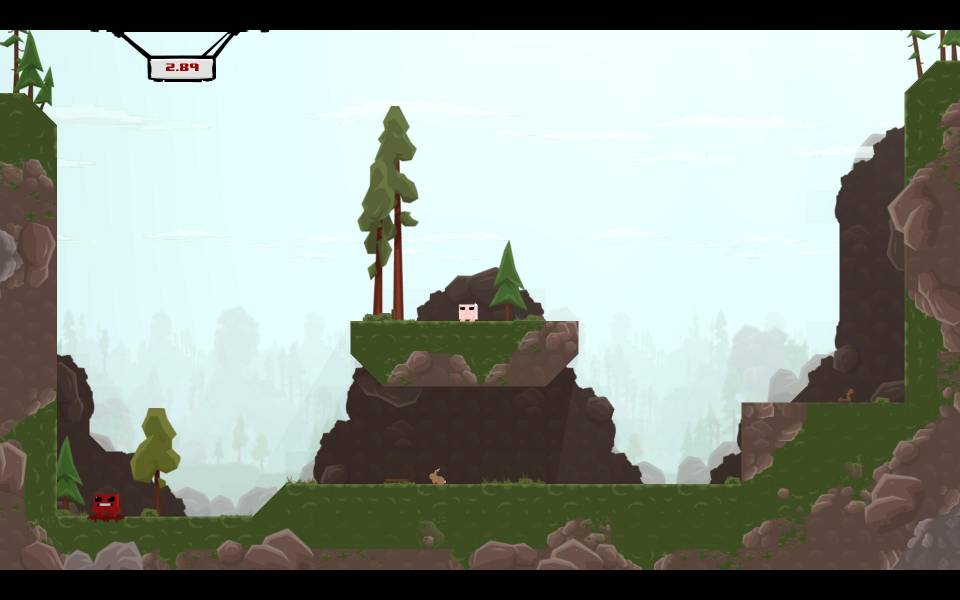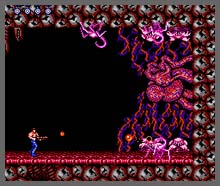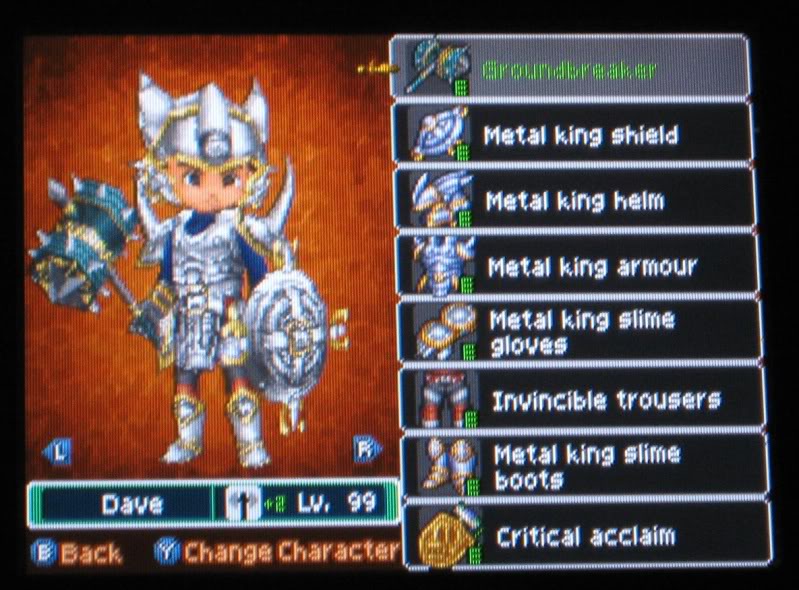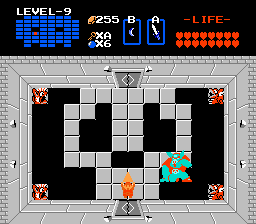Video games are a numbers game.
By Dalai 12 Comments

Video games, when it comes down to it, is all about numbers. We strive to achieve the highest scores and reach the highest levels almost all the time in video games. We often look for a number or grade to make us feel better about our progress and skill, but numbers made an impact on games in so many ways... or maybe vice versa, I'm not really sure. But anyway, here are some numbers that shaped the way we play games. Commence numbering!
1!

The number 1 is synonymous with the beginning of the game. It's the level of your character when you first boot up a new game in your favorite JRPG. It's the number of the first act in Sonic the Hedgehog. In fact, Mario takes it farther with World 1-1. The first level is probably the most important of any game since first impressions can determine whether you'll enjoy the rest of the game. The number 1 is sometimes associated as a sign of weakness in some games. A level 1 character doesn't sound the least bit menacing and are pushovers, but you typically don't stay at level 1 for very long. The number 1 can also be a positive thing. It feels pretty awesome being the first at something, like a leaderboard or a race or a high score screen with 3-letter initials of people you never met.
8!

As time goes by, the number 8 becomes less and less important, but the number 8 is crucial to video games in two major ways. First of all, it's the number of bits in the classic video game consoles, the NES and the Sega Master System. The 8-bit aesthetic is still celebrated even though our current technology is getting very close to photorealism. It reminds older games like myself of a time when platformers ruled the planet and all you needed was a D-pad and a couple buttons, and even that couldn't prepare you for the crushing difficulty of some of the games of that era. But it's not just about bits, it's also about levels, worlds, and stages. Level/World/Stage 8 is typically the end of the line, the final showdown, the coup de grace. It's where the game ends either in a blaze of glory against the hardest foe you've ever faced in your life... or in death. While the elusive 9th world pops up when they need to pad out a game with extra-tough levels, it's all about the 8th stage where you fight Bowser, King Dedede, etc. There are games with 6 levels or worlds and others with more, but for some reason games with 8 levels feel just right, not too padded with filler or not too short to the point where you feel like you got shortchanged. Today, that rule doesn't really apply, but we still see games that keep it traditional. Just look at what Nintendo released the past few years.
99!

It's more of an RPG thing, but the number 99 is usually the opposite of 1. It's typically the maximum level you can reach in a game where leveling your character is part of the game. Getting to level 99 is normally not necessary in most RPGs, but it's a goal some people try to achieve for their own silly, selfish reasons. Getting to level 99 means a lot of grinding so getting to that lofty number is not for the faint of heart, but once you get to level 99, you feel like you can destroy anything in your path. I've done it myself a few times playing Earthbound (because I'm a crazy person) and since I'm trudging through Chrono Trigger at this time, I'm crazy enough to do the same in that game. But why not 100? I guess it comes down to not wanting to add an extra digit because it makes no real sense overall... or sloth on the part of the developer.
255!

One of the side effects of the 8-bit era is that games were limited in its computing power. After all, it's all about 0s and 1s at its core. And that brought us the 255 phenomenon (that should be a concept), a common restriction found in RPGs and games where you collected things in large numbers. Basically, this happens when the 8-bit value reaches its maximum, or 11111111, or 255. This was a common occurrence in games back in the old days, but this phenomenon carried over to a number of 16-bit games and even several current games, mostly RPGs where the use of numbers is most important. It doesn't really affect us as it used to... imagine if Link could keep all those rupees he had to throw away or if there were more than 255 levels in Pac-Man. He'd do some more gambling in the old man cave.
1000!

And finally, this one has deep meaning for the Xbox 360 achievement whores out there. 1000 is the maximum number of achievement points allowed in the every vanilla retail game for the 360. And while DLC can goof up the numbers a bit, 1000 is the ultimate goal for the those who wear their achievement score on their shoulder. For some, it's a pointless system that forces arbitrary rules on the player, but for some it's a symbol of perfection. However you describe it, the number 1000 is important to many gamers.
Here's the part of the blog where I question you, the audience. Did I miss anything? How can I forget the dreaded sequel numbers 2, 3, and 4? 16-bit anyone? 32? 64? Have you ever wondered why these numbers made sense? Do you care?
